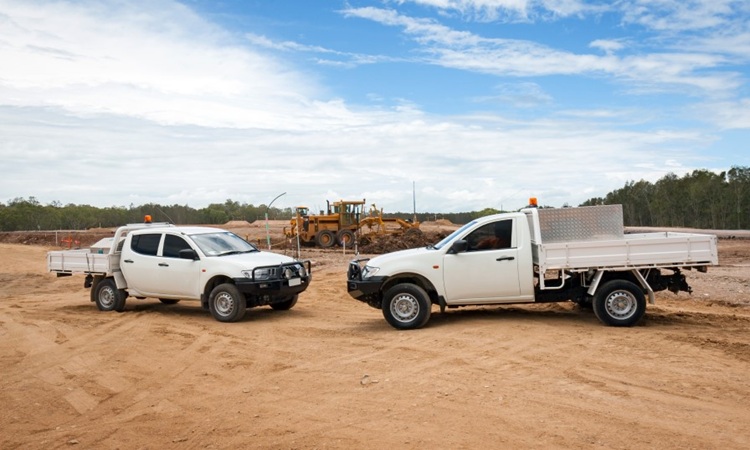If your business provides vehicles for employees to use for work, you may have heard that giving them a dual cab ute automatically makes you exempt from Fringe Benefits Tax (FBT). Unfortunately, that’s not quite true — and believing this myth could leave you facing an unexpected tax bill.
While dual cab utes can be exempt from FBT, they must meet specific conditions, and your employees’ personal use of the vehicle plays a key role. Let’s break down what you need to know.
Understanding the FBT Exemption
Fringe Benefits Tax (FBT) is the tax employers pay when providing benefits to employees or their families — such as allowing them to use a work vehicle for personal purposes. It’s separate from income tax and is paid by the employer, not the employee.
To qualify for an FBT exemption on a dual cab ute, two main conditions must be met.
Condition 1: The Vehicle Must Be Eligible
Your dual cab ute must be designed to carry:
- A load of one tonne or more, or
- More than eight passengers (including the driver), or
- A load under one tonne, but not primarily designed for carrying passengers.
Most dual cab utes on Australian roads satisfy this first condition. However, meeting this requirement alone doesn’t guarantee exemption.
Condition 2: Private Use Must Be Limited
This is where many businesses get caught out. Even if your dual cab ute qualifies as an eligible vehicle, the private use must be minor, infrequent, and irregular — as defined by the ATO.
Examples of Acceptable Private Use
- Occasional trips to the tip
- Helping a friend move house once in a while
Travel between home and work is also allowed, as is incidental travel during work duties.
However, if your employee uses the ute as the family car — for weekend trips, school runs, or regular shopping — this is not limited private use. In those cases, FBT applies, even if the vehicle is a dual cab ute.
When FBT Applies
If personal use exceeds the “limited private use” threshold, you’ll need to:
- Calculate the taxable value of the fringe benefit
- Work out your FBT liability
- Lodge an FBT return and pay what’s due
- Report the fringe benefit on your employee’s income statement or payment summary
The method you use to calculate the taxable value depends on your vehicle type and usage. Common methods include the operating cost method or the cents per kilometre method.
Record Keeping Requirements
- Regular odometer readings
- Comparisons with expected work-related travel
Without proper records, you won’t be able to prove your exemption if the ATO reviews your claim.
How to Stay Compliant
- Create a clear, written policy outlining what limited private use means in your business.
- Monitor travel patterns — compare commute distances with odometer readings to catch issues early.
- Educate your employees about what’s allowed when taking a work vehicle home.
If you’re unsure whether your situation qualifies for an exemption, talk to your tax adviser. They can help review your circumstances, set up effective record-keeping systems, and ensure you’re meeting your FBT obligations.
Get Expert Help with Your FBT Obligations
Need help managing your FBT compliance?
If you’re unsure whether your situation qualifies for an exemption, talk to your tax adviser. They can help review your circumstances, set up effective record-keeping systems, and ensure you’re meeting your FBT obligations.
Suggested WordPress Tags
Fringe Benefits Tax, FBT exemption, dual cab ute, business vehicles, ATO rules, FBT compliance, small business tax, Australian tax tips, employer obligations, work vehicle policy
Hashtags #FBT #DualCabUte #TaxTips #SmallBusinessAustralia #ATOrules

